“Dum da-dum dum…”
Prologue
The Scene of the Crime
Earlier that spring, I posted blogs showing our existing bluebird houses,
“Bird-Brain Real Estate Agency – Week 1”; then later, the six new homes Bill built as part of the “Bluebird House Rural Renewal Project” to attract bluebirds looking for affordable new homes to raise their families.
Four pairs of bluebirds set up housekeeping in the new homes, plus one pair of sparrows that were quickly evicted. Nests were built and eggs laid. Bill discreetly monitored the status of the future families. Then, double tragedy struck: the eggs in one nest disappeared and, a few days later, the hatched baby bluebirds in another nest were kidnapped and presumed dead.
The Trap
The same netting that saved our strawberries from the birds could also be used to save the bird nests from predators. Bill wadded up sheets of netting, wrapped them around the bird house poles and secured them in place with baling twine. A predator attempting to climb the pole would become trapped in the netting.

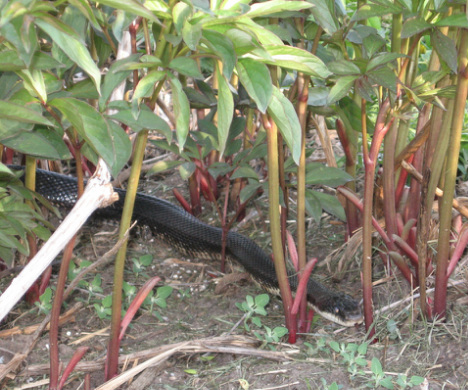
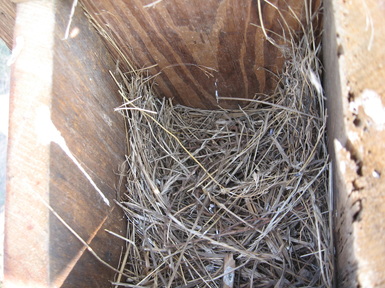
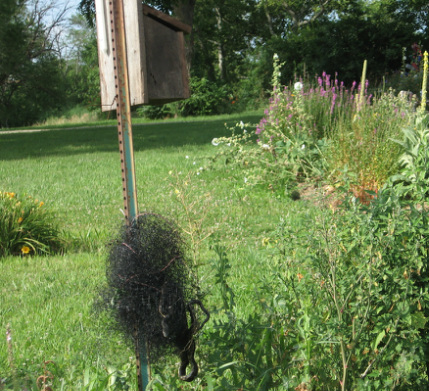
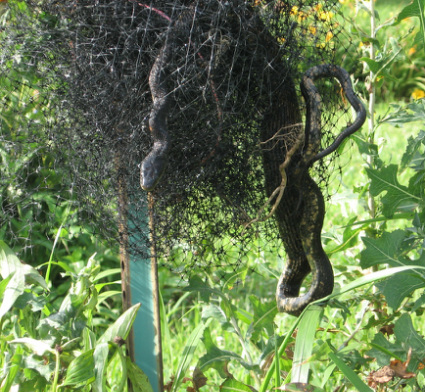
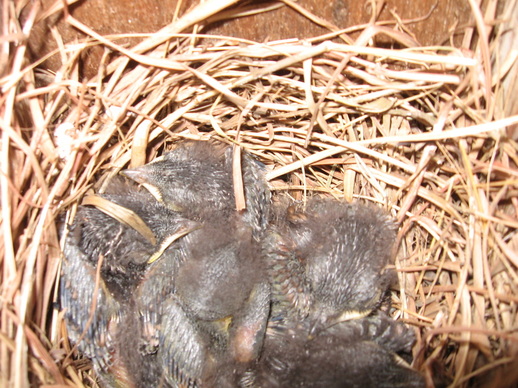
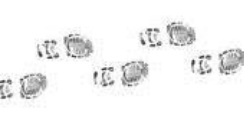

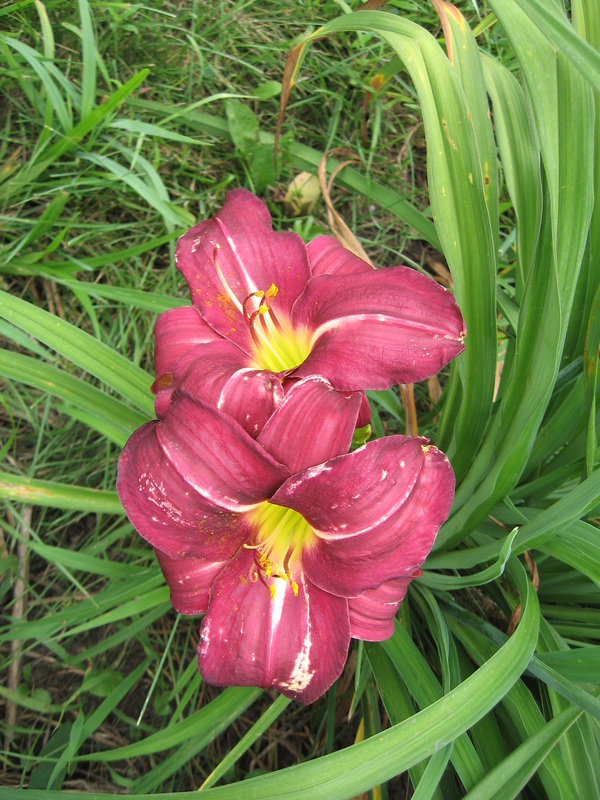
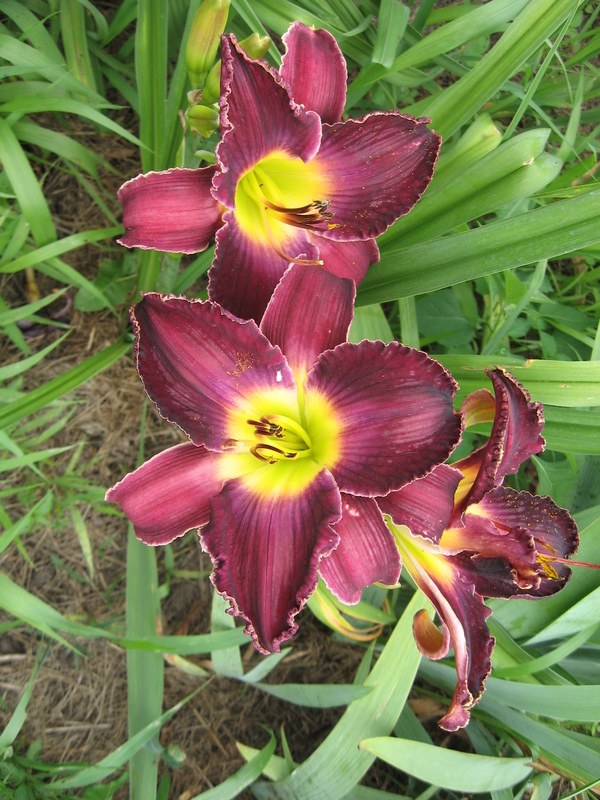

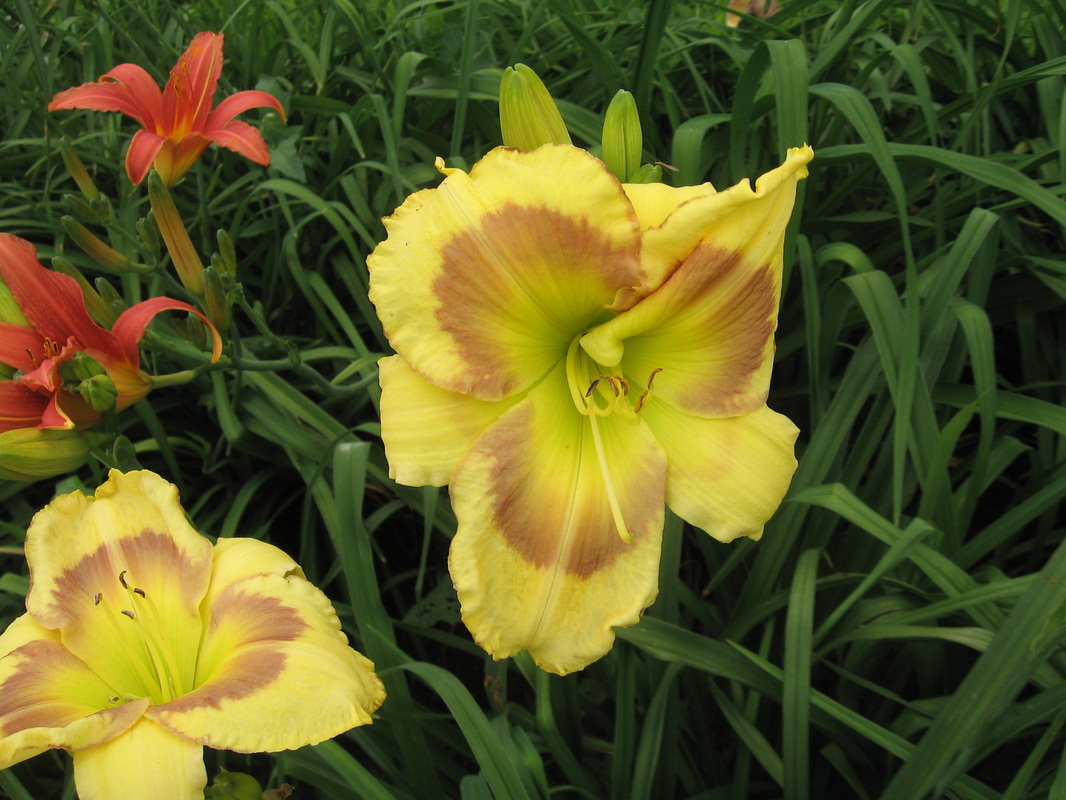

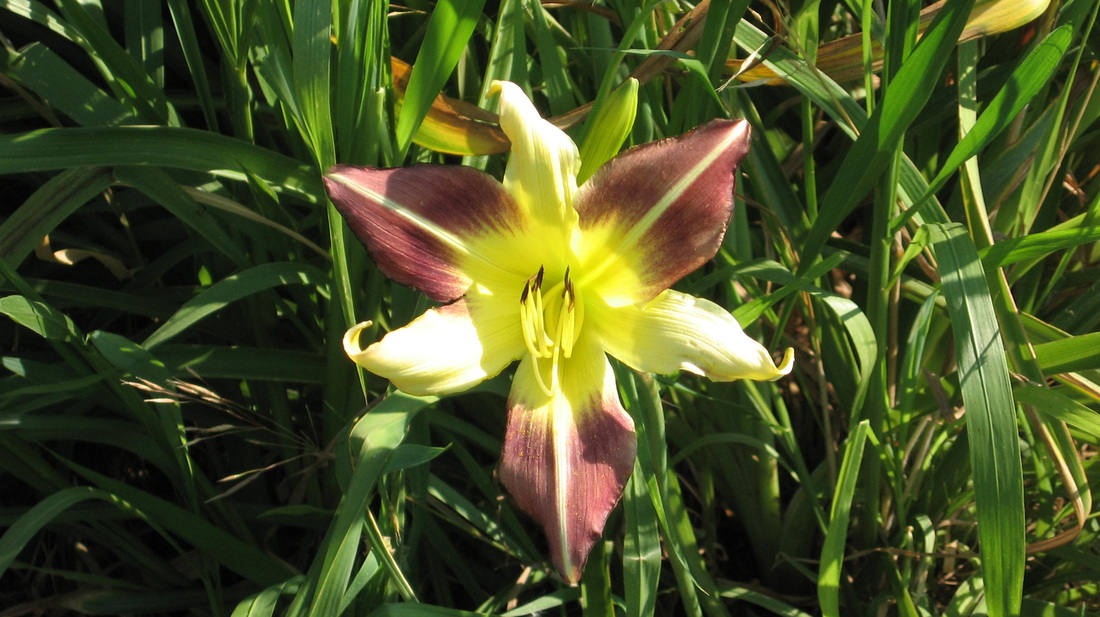
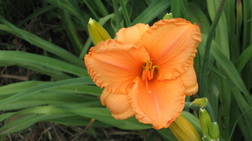

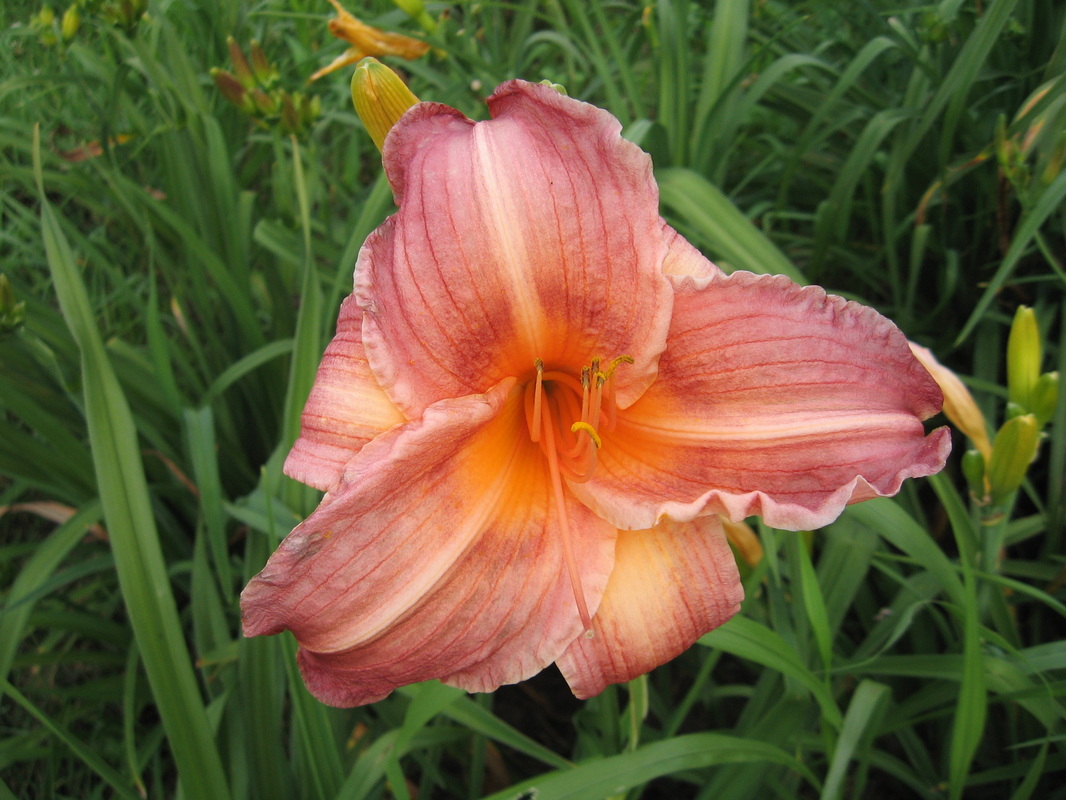
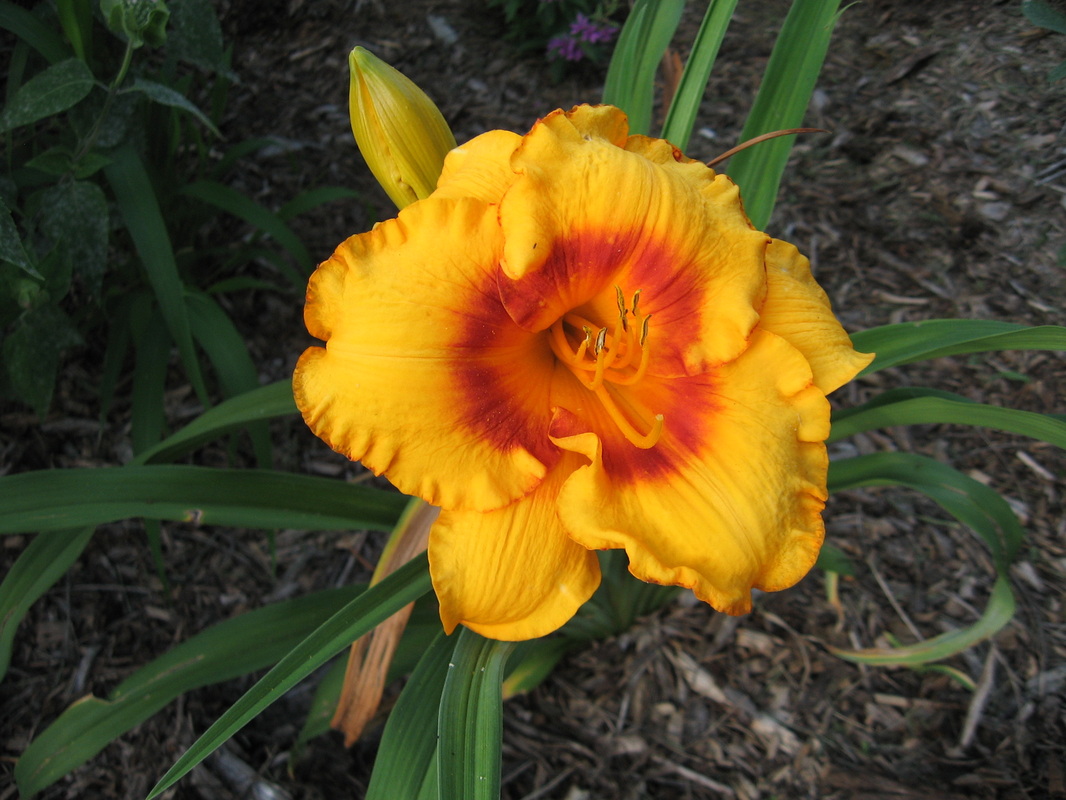
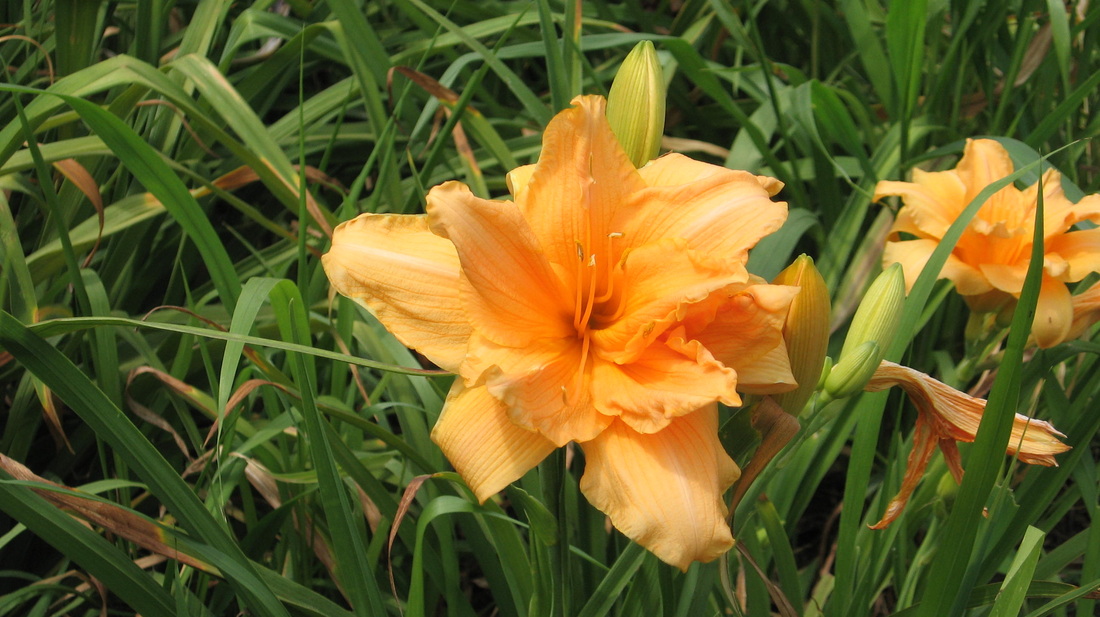
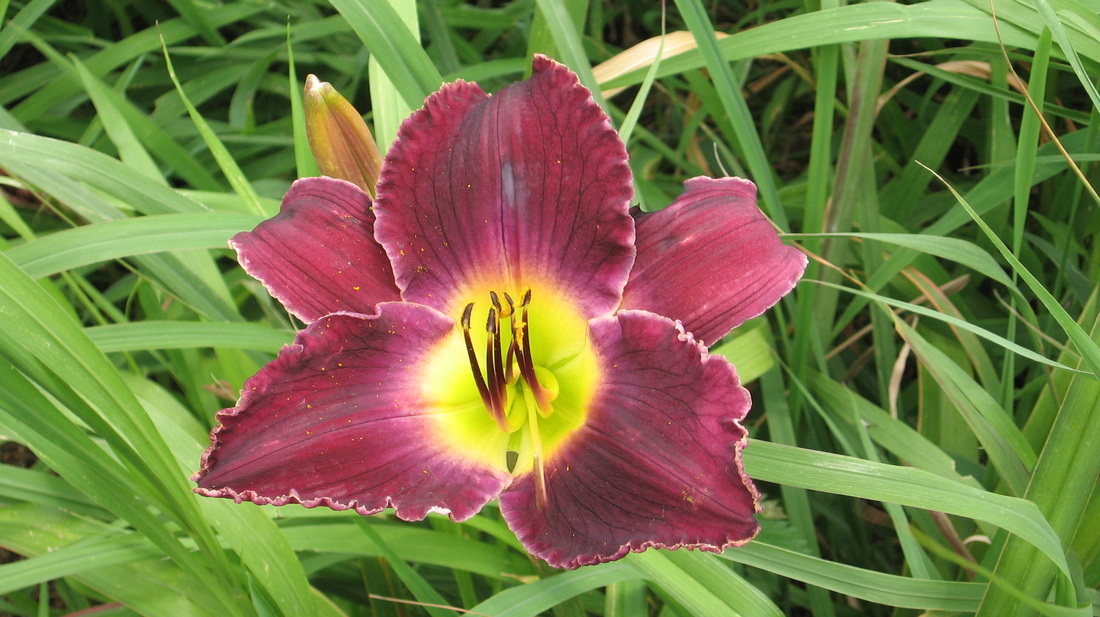
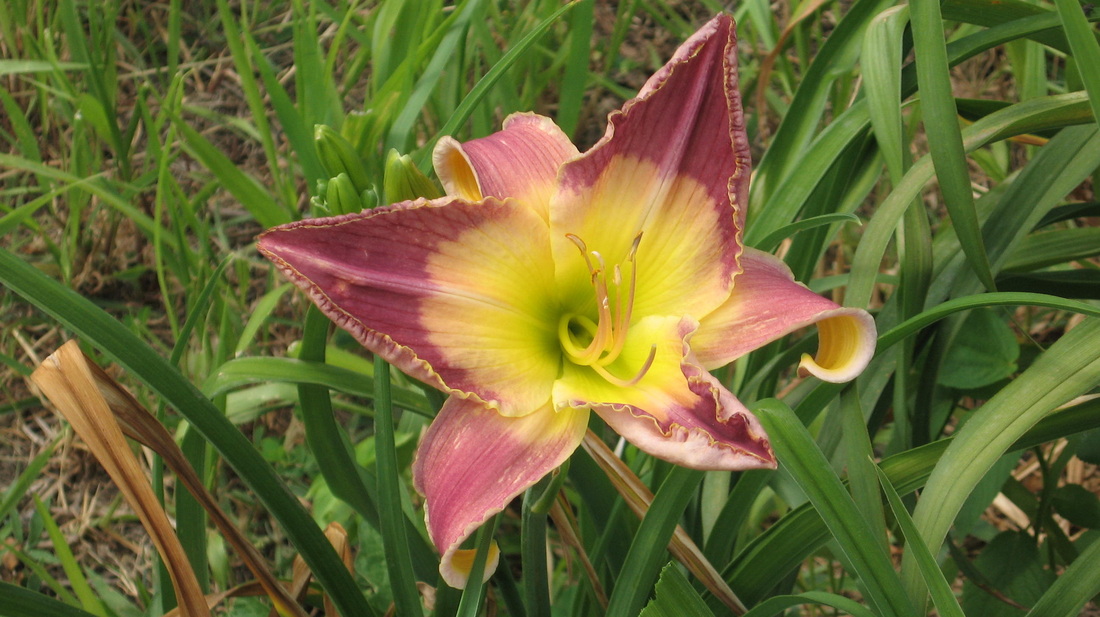
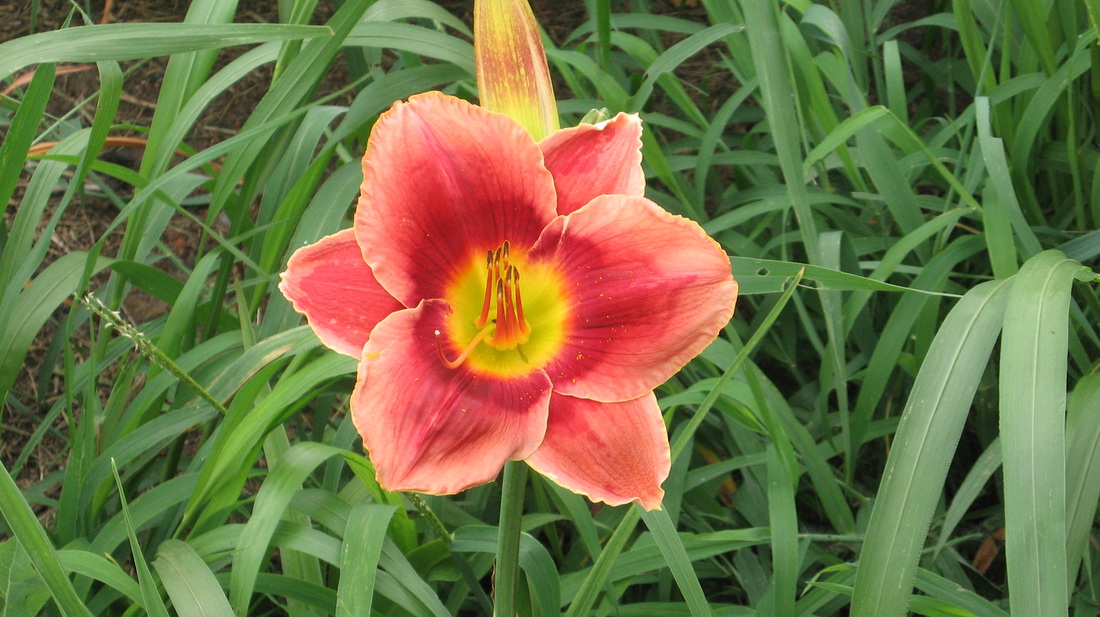
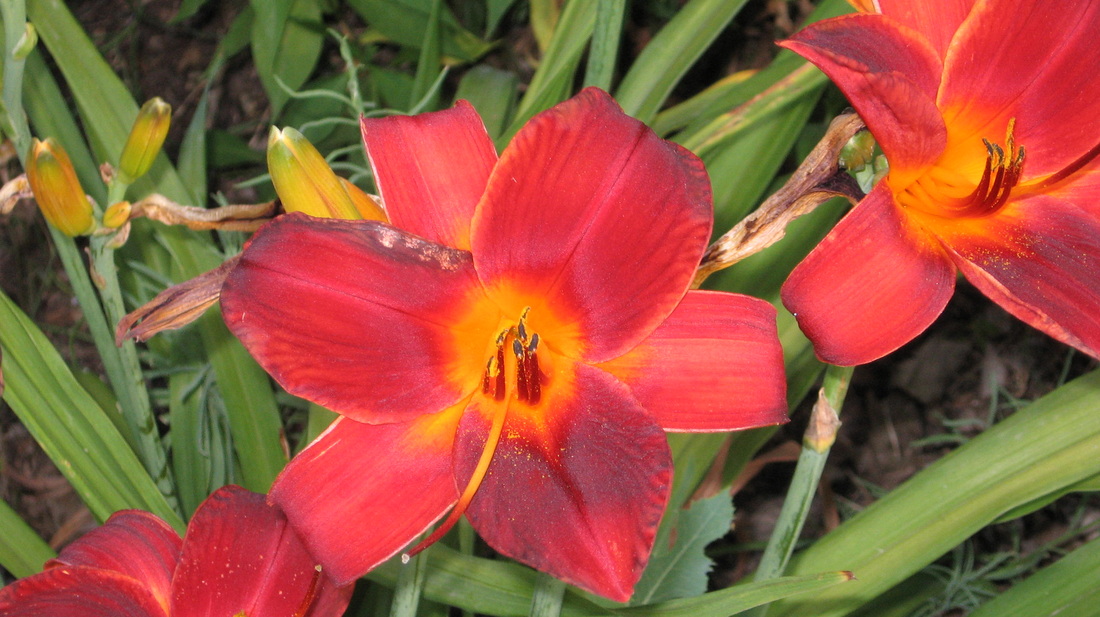

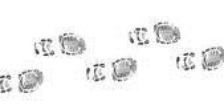
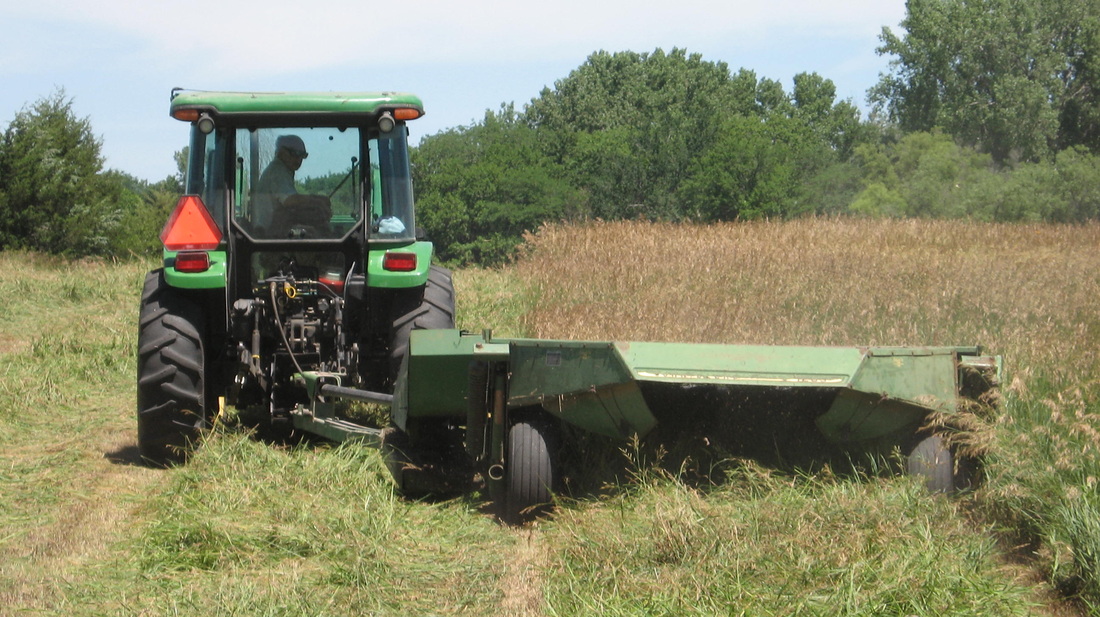
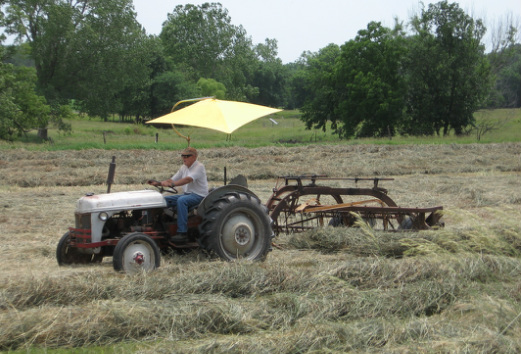
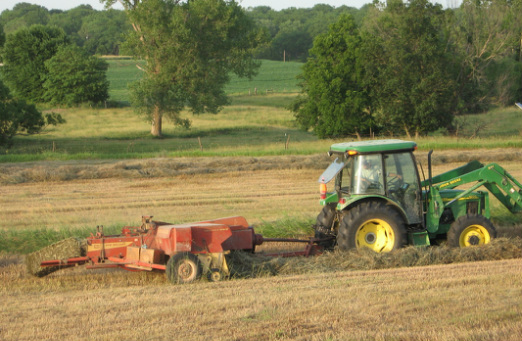
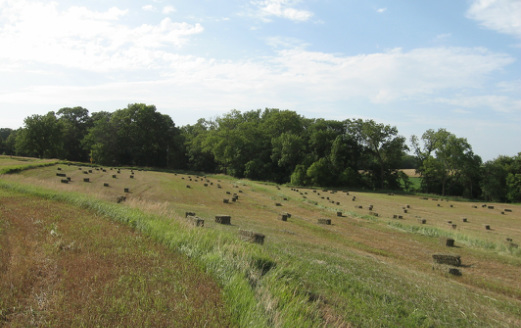
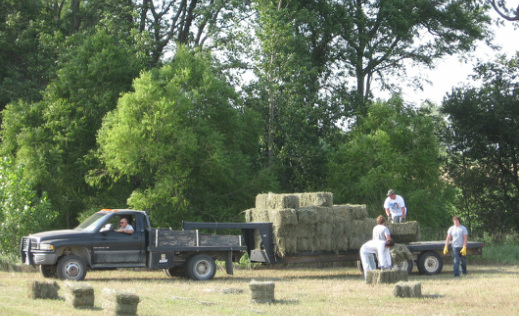

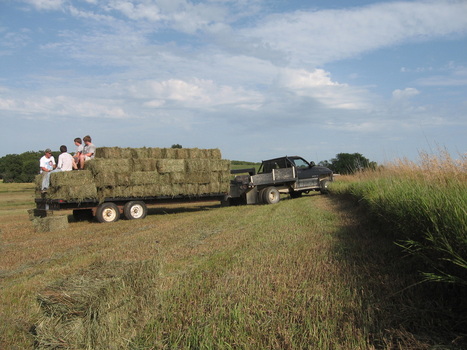
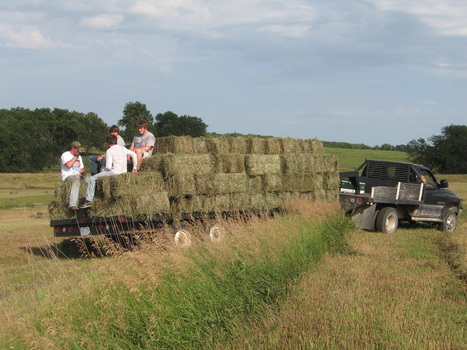
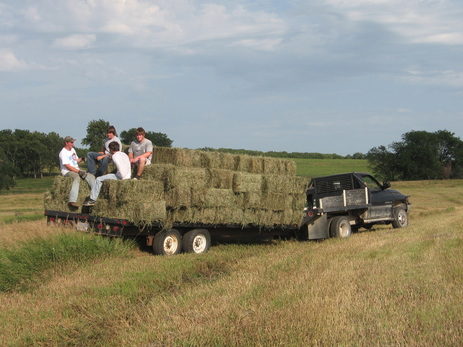

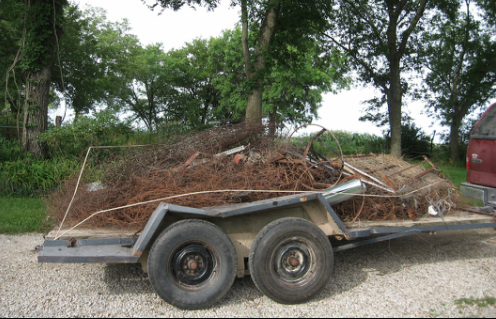
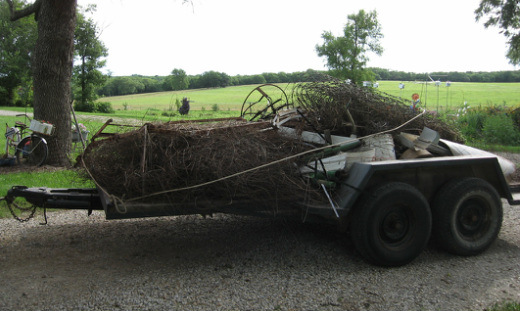
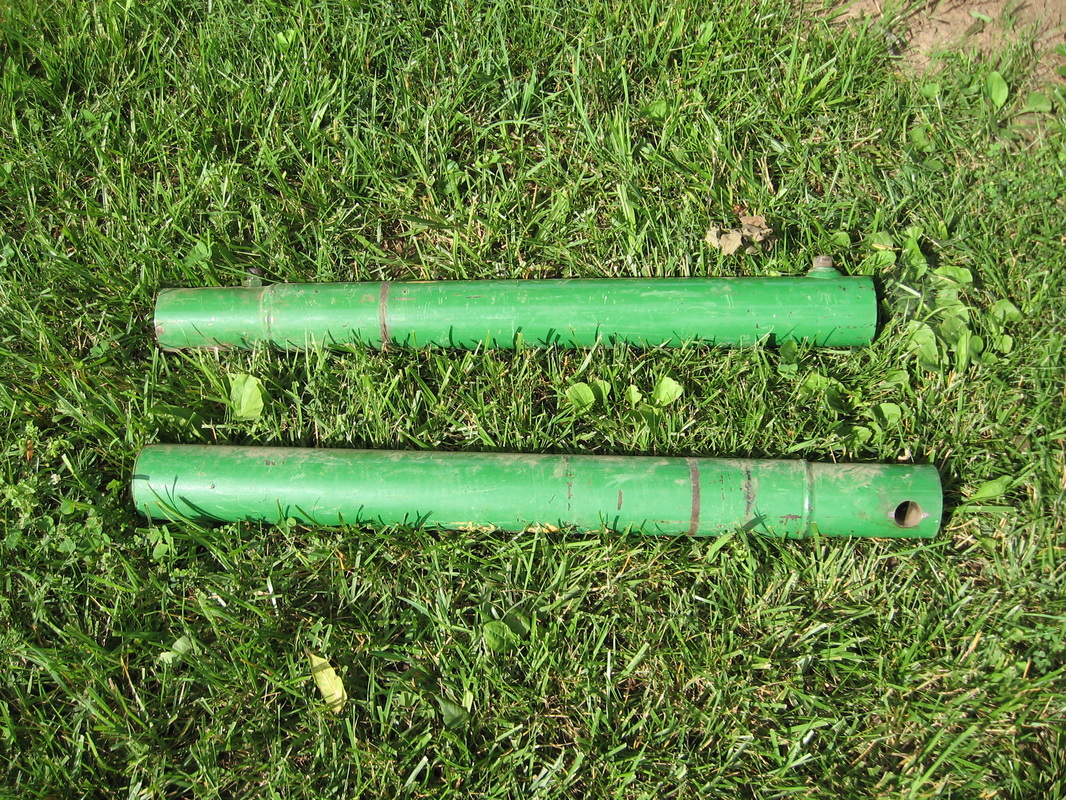
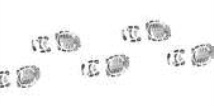
 RSS Feed
RSS Feed